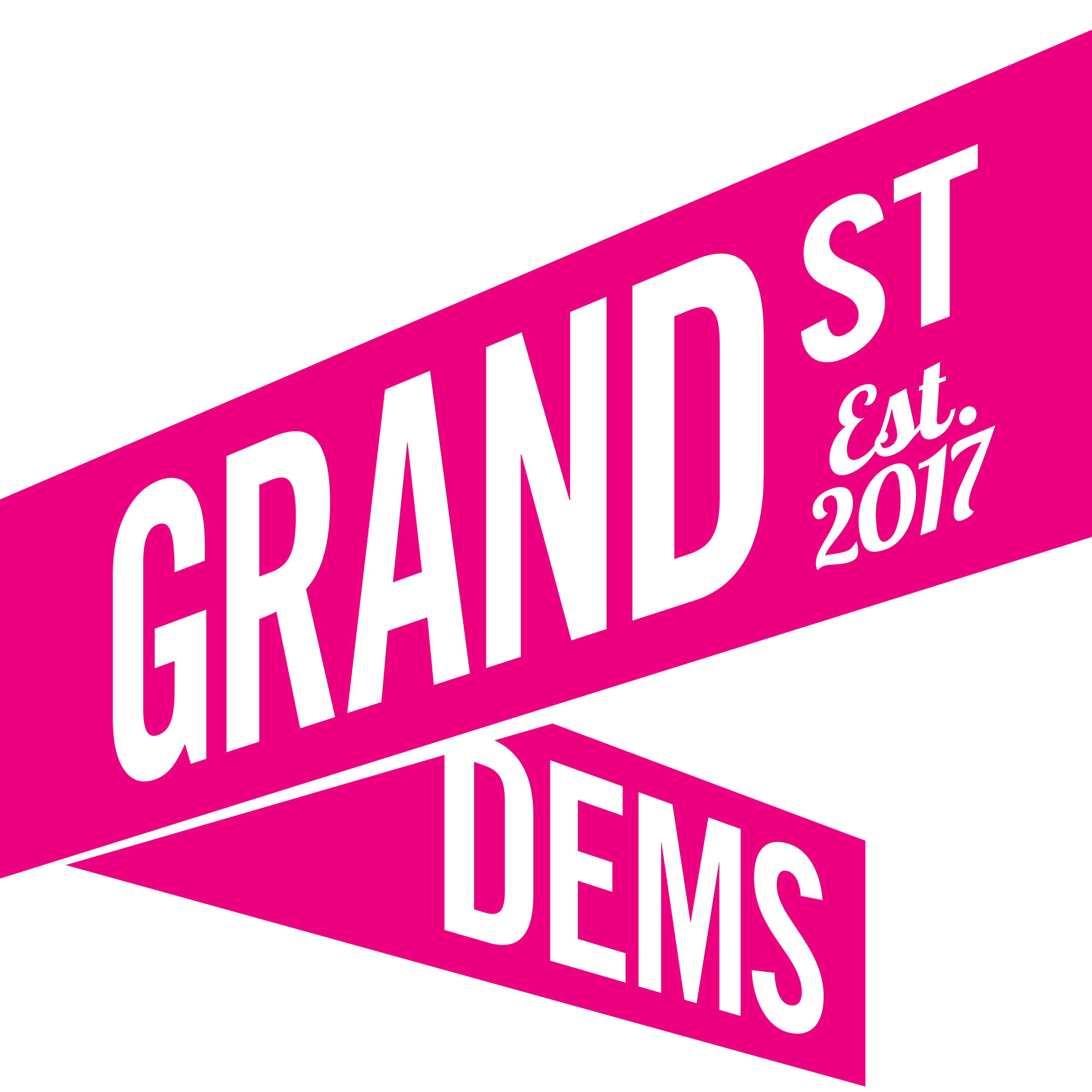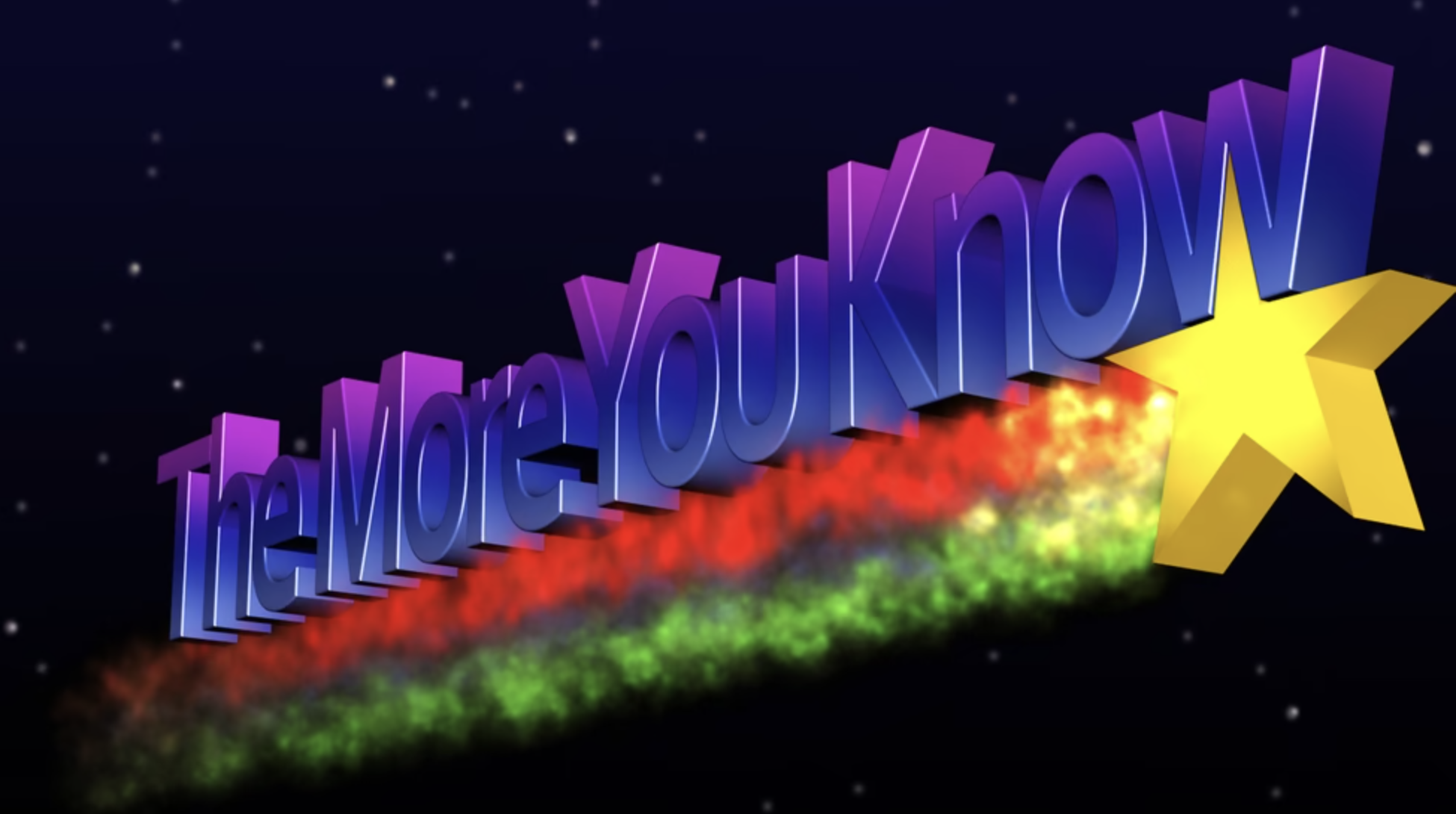Who does GSD endorse in the 2025 Primary?
Based on votes by the membership, GSD recommends:
NYC Mayor: Rank 5 candidates
- Scott Stringer
- Brad Lander
- Zohran Mamdani
- Adrienne Adams
- Zellnor Myrie
Public Advocate: Jumaane Williams
Comptroller: Mark Levine
District Attorney: Alvin Bragg
Borough President: Brad Hoylman-Sigal
City Council: Christopher Marte
How does ranked choice voting work?
NYC’s ranked choice voting is an instant runoff — if no candidate receives more than 50% of the vote right away, then counting continues in rounds.
At the end of each round, the last-place candidate is eliminated and voters who chose that candidate now have their vote counted for their next choice.
Your vote is counted for your second choice only if your first choice is eliminated. If both your first and second choices are eliminated, your vote is counted for your next choice, and so on. (You can vote for up to five candidates in ranked choice races.)
This process continues until there are two candidates left. At that point, the candidate with the most votes wins.
https://vote.nyc/page/ranked-choice-voting
Why is GSD recommending five candidates for Mayor?
There are eleven candidates for Mayor in the Democratic primary. You can rank up to five of them.
Polling indicates there is one clear front-runner, former Governor Andrew Cuomo. In a traditional primary, his lead would probably be enough to win, because in a traditional primary a candidate only needs to win a plurality — more votes than any other candidate.
But with ranked choice voting, it’s possible for a runner-up in the first round to gain enough second-, third-, fourth-, and fifth-choice votes from other voters to become the eventual winner.
Because GSD specifically recommends not voting for Cuomo, it’s important to vote for the five candidates most likely to be the last person standing against Cuomo in the final round.
What if I want to vote for only one or two candidates?
Obviously that’s your choice. But you run the risk of voting for candidates who are eliminated before the final round, and then you won’t have a say in the final matchup.
Ballots that don’t rank enough candidates to make it to the final round are called exhausted ballots. The last mayoral primary is a great example of how voters who don’t rank more than one or two candidates relinquish their chance to have a say in the eventual winner.
In 2021, Eric Adams defeated Kathryn Garcia in the final round by just over 7,000 votes, while there were over 140,000 exhausted ballots. That’s 140,000 voters who hadn’t ranked either Adams or Garcia, but who, if they had ranked one or the other, could have helped determine (and possibly change) the outcome.
Why is GSD recommending only one candidate for the other races?
The other races have fewer candidates — only three or four — with really only two viable candidates in each race. So the candidate endorsed by GSD in those races will certainly be either the winner or runner-up in the final round. Since our endorsed candidate won’t be eliminated until the very end, our second- and third-choice votes won’t end up being counted.
Why is there no ranked choice option on the ballot for District Attorney?
The District Attorney for Manhattan is technically a state office, and ranked choice voting has been legislated only locally for NYC offices (in primaries and special elections).
Is Paperboy Love Prince running for Mayor again?
Yes.


